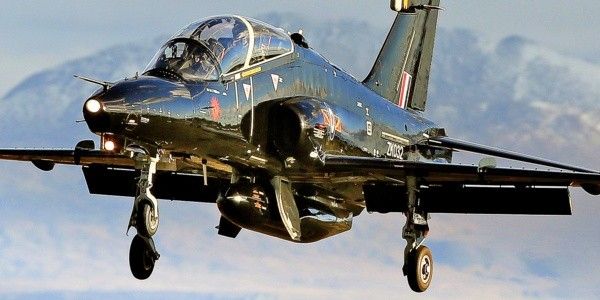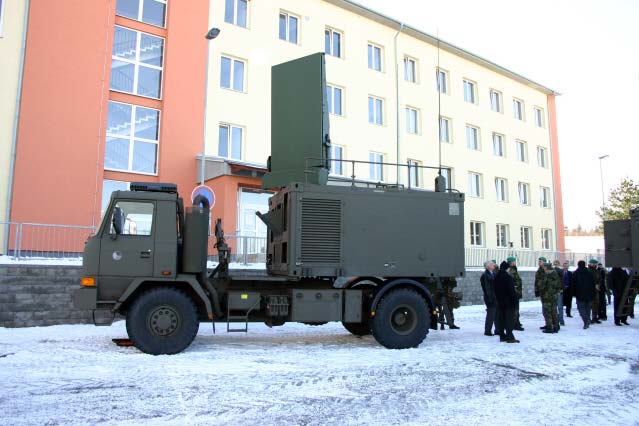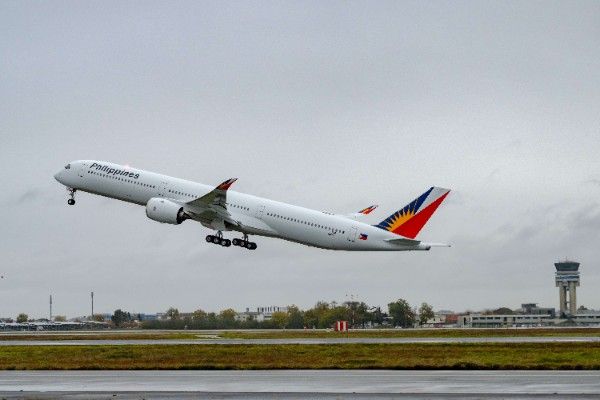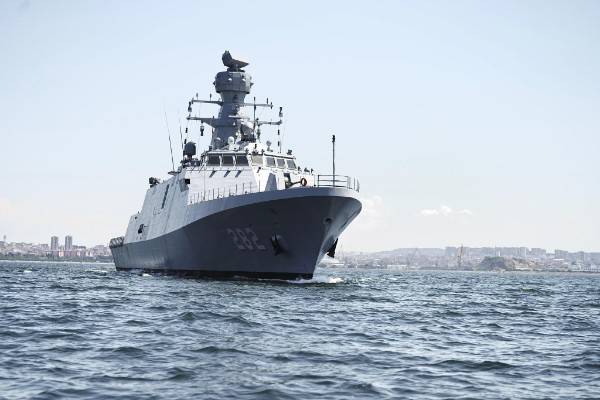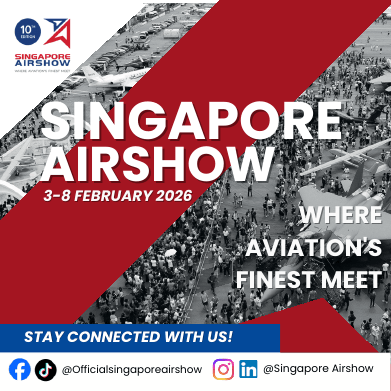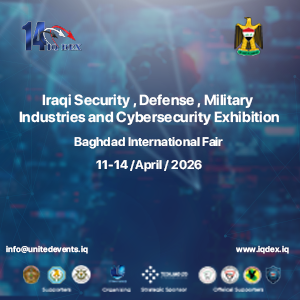The Royal Air Force is recovering from a bottleneck in its fast jet training pipeline after years of engine issues. These issues grounded its fleet of BAE Systems Hawk T2 aircraft. The Hawk T2 fleet expected to reach 5,500 flight hours in 2026. The RAF’s broader Military Flying Training System (MFTS) is beginning to stabilize, according to senior leadership.
Air Commodore Robin Caine told Aviation Week during the Royal International Air Tattoo in July that the UK’s 28-strong Hawk T2 fleet is “moving steadily”. The RAF’s head of military flying training, toward the target of 6,500 annual flight hours. He described the training system as now “almost working as designed.” This system is managed by Ascent Flight Training (a joint venture of Babcock and Lockheed Martin).
The issues trace back to 2022, forcing the RAF to halve their expected lifespans. This was when the Rolls-Royce/Safran Adour engines powering the Hawk T2 were found to have wear problem. This significantly reduced training capacity and led to a scramble for overseas solutions. RAF trainees were temporarily assigned to programs in the U.S., Italy, Qatar, and the UK-based Hawk unit at RAF Leeming.
Read more: MTU Maintenance Becomes Second Global Facility for PW800 MRO
Despite improving performance, calls to replace the aging Hawk T2 persist. Air Chief Marshal Richard Knighton stated in 2024 that the RAF was receiving “half of what we should get” from the platform. He expressed a desire for an immediate replacement. The UK’s 2025 Strategic Defence Review echoed this sentiment. They called for a “cost-effective fast jet trainer.” Planning teams at the RAF’s Air Capability Office and Defence Equipment and Support (DE&S) are now being formed to study the replacement effort.
In parallel, RAF is training its prepare pilots for sixth-generation aircrafts. Caine described this evolution as “less Top Gun, more Ender’s Game.” This emphasizes battlespace awareness and decision-making under volatile, complex, and ambiguous (VUCA) conditions.
New initiatives include the introduction of a “Combat Edge” program. It is the NATO Flying Training Europe (NFTE) accreditation for RAF training sites. It includes augmented reality systems, including Red 6’s Advanced Tactical Augmented Reality Systems. These are also being tested on Hawk T2s to enhance combat realism in live training.
The ultimate goal is to reduce training time from 3.5 years to 2.5 years without compromising readiness.
Table of Contents
ToggleJaveria Sajid
Javeria Sajid is an Aerospace Engineering student from NUST with a background in technology and a sharp focus on the global political landscape and defence innovation. She writes to make complex defence technologies understandable, and aspires to bridge journalism, policy, and engineering in her work.


